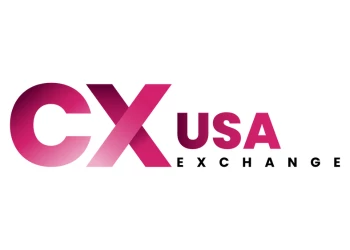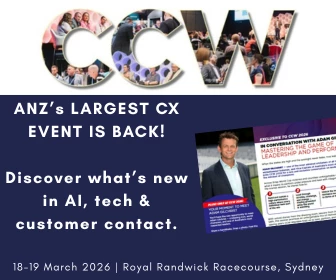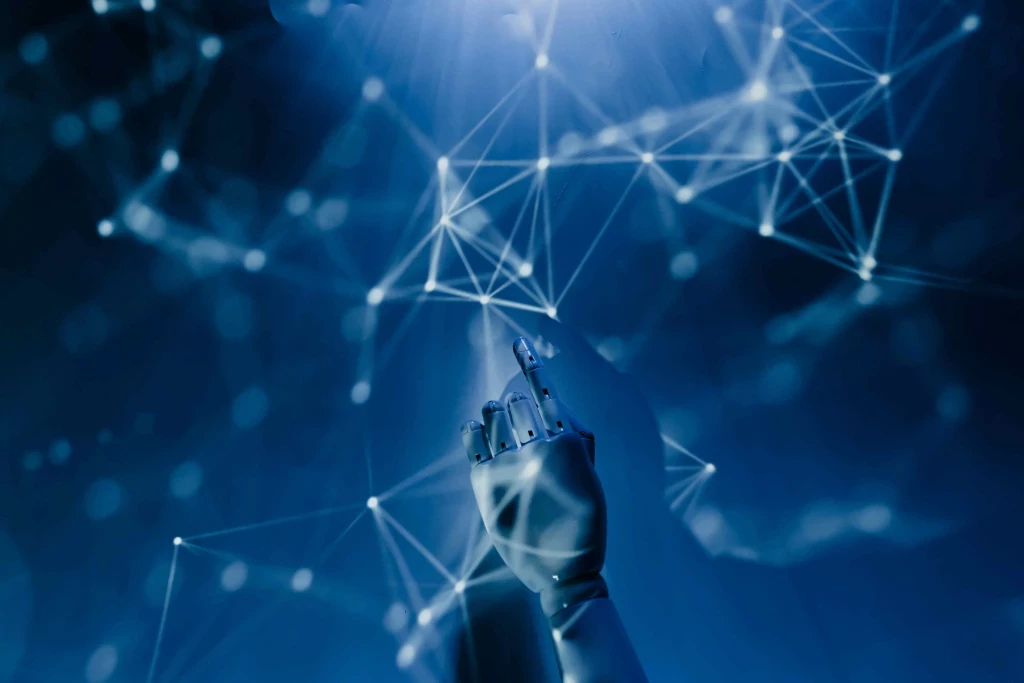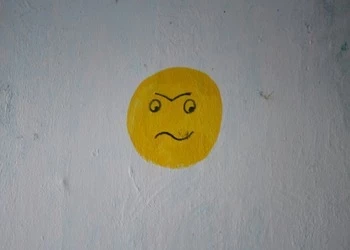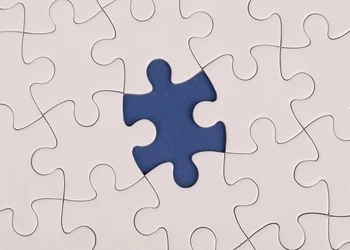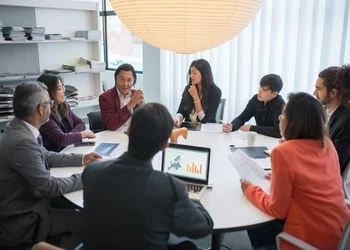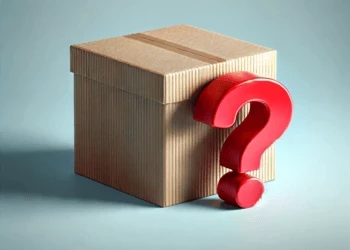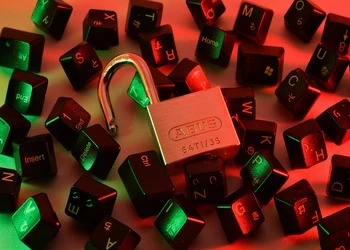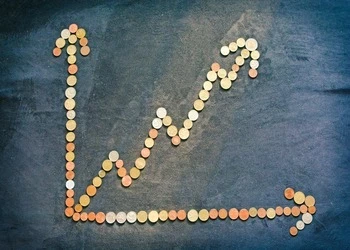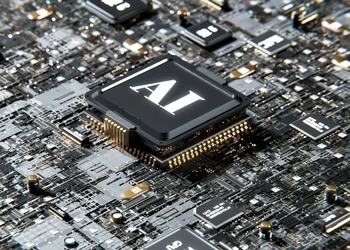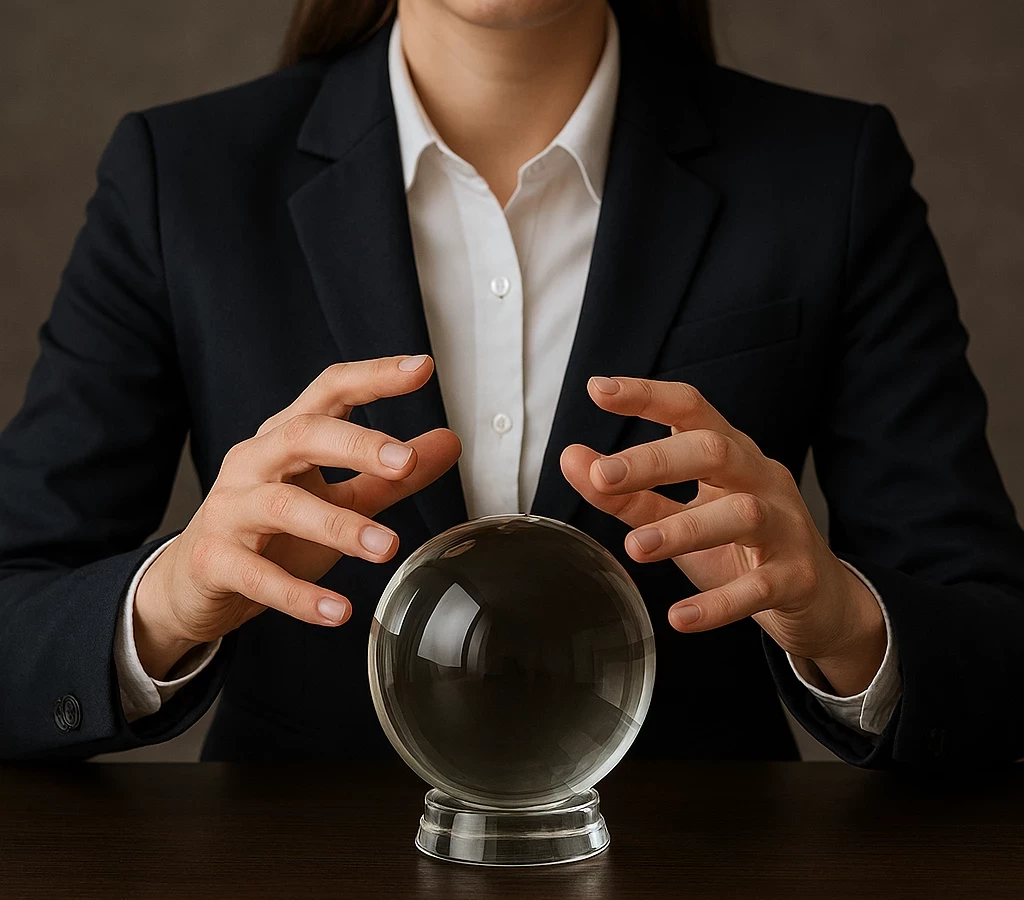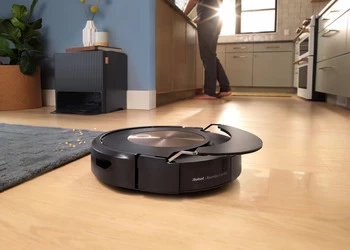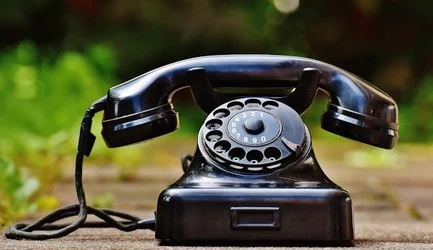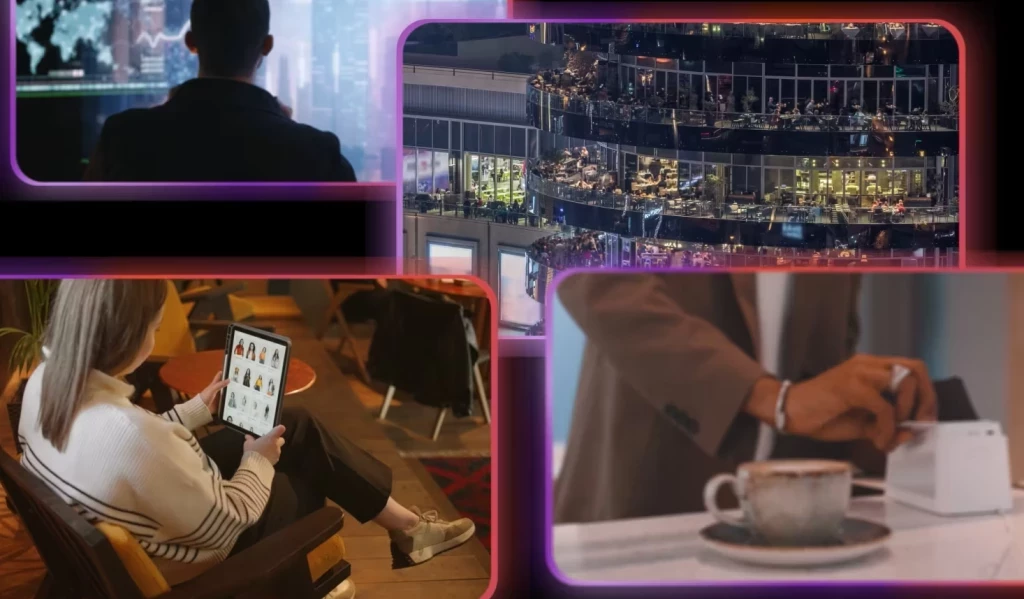Three ways gamification can supercharge your CX and EX
Brands are driving engagement through gamification of both the customer and user experience
Add bookmark
Gamification is the incorporation of game-playing elements in everyday tasks. Think Mary Poppins and her spoonful of sugar: “You find the fun and snap! The job's a game.”
In CX, gamification is being used to build brands and loyalty, by engaging and rewarding customers in new and inventive ways.
Among employees, research shows as many as 65 percent of the US workforce is disengaged. Gamification has been proven to drive engagement by providing a basic psychological need for satisfaction. It can be used to engage employees in training as well as everyday tasks and to boost overall productivity.
Here, CX Network looks at three ways gamification is being used to drive results across the customer and employee experience.
Waze: making a game out of navigation
Waze is a navigational tool that depends on user feedback to offer less busy routes and updates on potential roadblocks. Waze is also a pioneer of CX gamification.
Waze users can collect points by contributing information on the state of different routes and responding to other updates. Giving a thumbs up to accurate notifications serves to keep the notice up for longer, earn the user points and will later be reported back to the person who posted the original comment.
Users are granted arbitrary titles depending on their scoring achievements. Top 10 percent scorers are known as Waze Warriors, the top four percent are Waze Knights and top one percent are Waze Royalty.
This mode of creatively engaging users has made Waze one of the top-rated navigational apps in the US.
McDonalds: the Monopoly menu game
The McDonald’s Monopoly campaign is a very famous example of gamification in brand marketing.
The competition has been running since 1987 with millions of participants across 23 countries. It is a fairly simple promotion tool, offering diners a range of prizes by collecting game pieces with each purchase from the McDonald’s menu.
Part of the success of McDonald’s Monopoly is its simplicity and accessibility for customers. Most people already understand this game, and the McDonald’s version does not disappoint offering a range of prizes from free food to huge cash jackpots. Players are motivated to keep playing due to a vast number of smaller ticket items on offer. For example, they have a 25 percent chance of winning a smaller, instore prize like a McFlurry.
As co-found of Jolly SEO, Greg Heilers noted, McDonald’s gives away up to US$40 million in prizes each cycle, yet “every time it runs, it increases McDonald’s sales by one to six percent”.
RELATED CONTENT: Five loyalty programs with killer USPs
Gamification for EX and job satisfaction
As our sister portal HR Exchange Network reported: “ Gamification is one of the biggest HR trends of 2023”, but it is nothing new. In fact, a 2019 study found nine in 10 employees said gamification made them feel happier at work.
There are hundreds of real-life examples of how it works, but respondents in the same survey said the most popular mode was awarding badges to certain employees, or collecting points through an app or other software.
Sarah-Nicole LeFlore noted in Customer Think that gamification tools “can even create some healthy competition amongst teams”. This has been proven to translate into a higher NPS and a more efficient First Contact Resolution (FCR). SQM Group’s research shows that every one percent gain in FCR improves NPS by 1.4 points.
What are your favourite examples of gamification in experience management? Share your thoughts in the comments below

